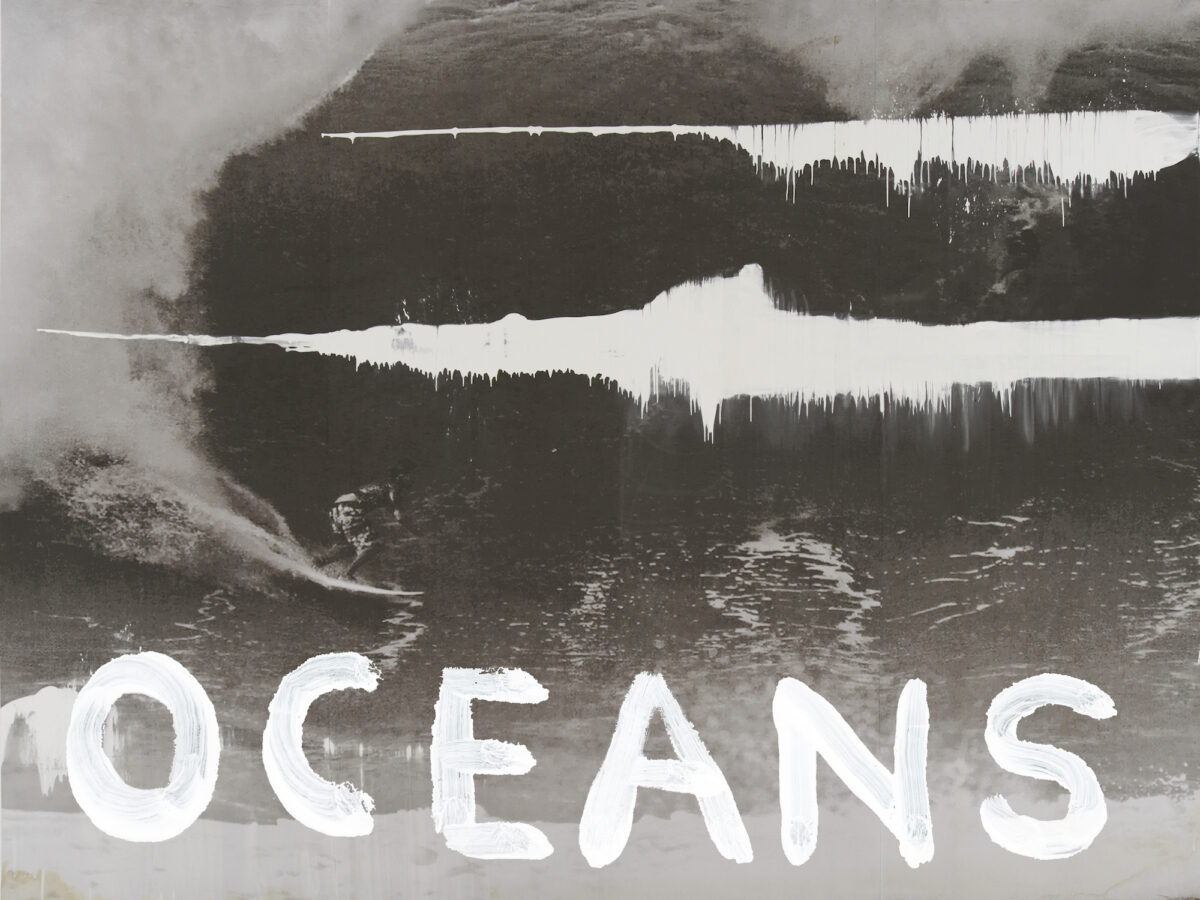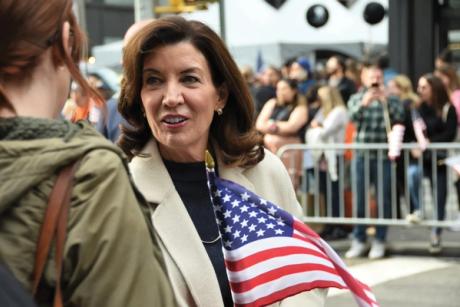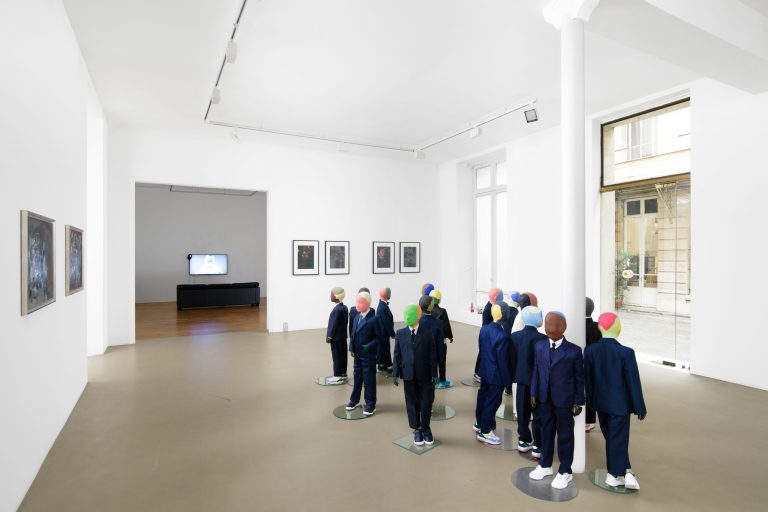These Days
2005 - Film & Video (Film & Video)
5 min 33
David Maljkovic
This video was filmed in the middle of the Zagreb fair which took place in the 1960s and 1970s under the rule of Tito. Tito created the fair to signify the exemplary economic exchange between the East and West. The film’s setting takes place at the Italian pavilion, where several young people are seen sitting in cars, trying to repeat sentences in English. The Zagreb fair initiative may have seemed positive for the development of trade with the world and a brighter future beyond the borders of their country, however, the tone, the monotony and repetition, without conviction of the same phrases reveals the absurdity of the situation. Politically, Croatia, in this time was a candidate for Europe. Economically the country has been in a long recession with an uncertain future for new generations. Time is suspended, the outlook has been blocked for an indefinable period.
David Maljkovic is one of the most important figures in the Eastern Europe scene. His works seek to represent collective memory as well as amnesia, analyzing the transition from communism to capitalism in the recent history of Croatia. It reconsiders abandoned and obsolete architecture that appears to have disappearread overnight. When monuments announce better futures, they are also act as testimonies of a certain melancholy, in a complex reality, full of contradictions. For several years, Maljkovic has built a critical visual discourse on the consequences of such lost utopias. David Maljkovic was born in 1973 in Rijeka, Croatia. He lives and works in Zagreb, Croatia.
Colors:
Related works sharing similar palette

© » KADIST
Jedediah Caesar
2009For Untitled, Caesar encased recycled objects such as scraps of plywood, paper or cloth in resin and then cut and reassembled the pieces into abstract forms...

© » KADIST
Luka Yuanyuan Yang
2019Composed of three photographic panels, Three Times at Yamato Hotel by Luka Yuanyuan Yang is a part of the artist’s ongoing project Dalian Mirage , a seven act play in a theatre staged as the city of Dalian...

© » WHITEHOT
Steven Seidenberg: The Residue of Life & The Architecture of Silence advertise donate post your art opening recent articles cities contact about article index podcast main December 2023 "The Best Art In The World" "The Best Art In The World" December 2023 Steven Seidenberg: The Residue of Life & The Architecture of Silence Shinjuku #3, Tokyo Tape...

© » FAD MAGAZINE
Art Basel and Parley for the Oceans launch partnership at Art Basel Miami Beach 2023 - FAD Magazine Skip to content By Mark Westall • 4 December 2023 Share — Art Basel and Parley for the Oceans have announced a partnership and launch ‘Art for the Oceans’, a global fundraising initiative to protect Oceans, Climate and Life against plastic pollution, climate change and biodiversity loss...

© » KADIST
Charles Avery
2012Since 2005, Charles Avery has devoted his practice to the perpetual description of a fictional island...

© » KADIST
Ali Cherri, in conversation with Audrey Norcia In the framework of “ Visite croisée” with Jeu de Paume 3pm Meeting point at Jeu de Paume with Ali Cherri and Osei Bonsu : presentation of the exhibition Somniculus 4.30 pm KADIST : Exhibition tour Conceal, cover with sand, replicate, translate, restore 5pm Conversation between Ali Cherri and Audrey Norcia Ali Cherri is an artist...

© » THEARTNEWSPER
New York governor seeks removal of problematic images of Native Americans Art market Museums & heritage Exhibitions Books Podcasts Columns Technology Adventures with Van Gogh Search Search Museums & Heritage news New York governor seeks removal of problematic images of Native Americans Kathy Hochul has proposed removing certain imagery from the state capitol in Albany Gareth Harris 9 February 2024 Share Kathy Hochul, the governor of New York Mark Getman Kathy Hochul, the governor of New York, has proposed removing depictions of Native Americans from New York’s State Capitol building in Albany...

© » KADIST
The Feeling Sense An illustrated conversation with Leslie Shows and Ross Simonini What is the relationship between art and the language that surrounds it? Must an artwork be explained, decoded, or carry a fixed meaning? When you approach an object, where in your body do you feel it? Does it affect you in ways you cannot verbally describe? The “Feeling Sense” is the perceptual capacity of any living organism to encounter their environment...

© » KADIST
Xiaoyun Chen
2012The lengthy titles in Chen Xiaoyun’s work often appear as colophons to his photographs that invite the viewer to a process of self realization through contemplating the distance between word and image...











